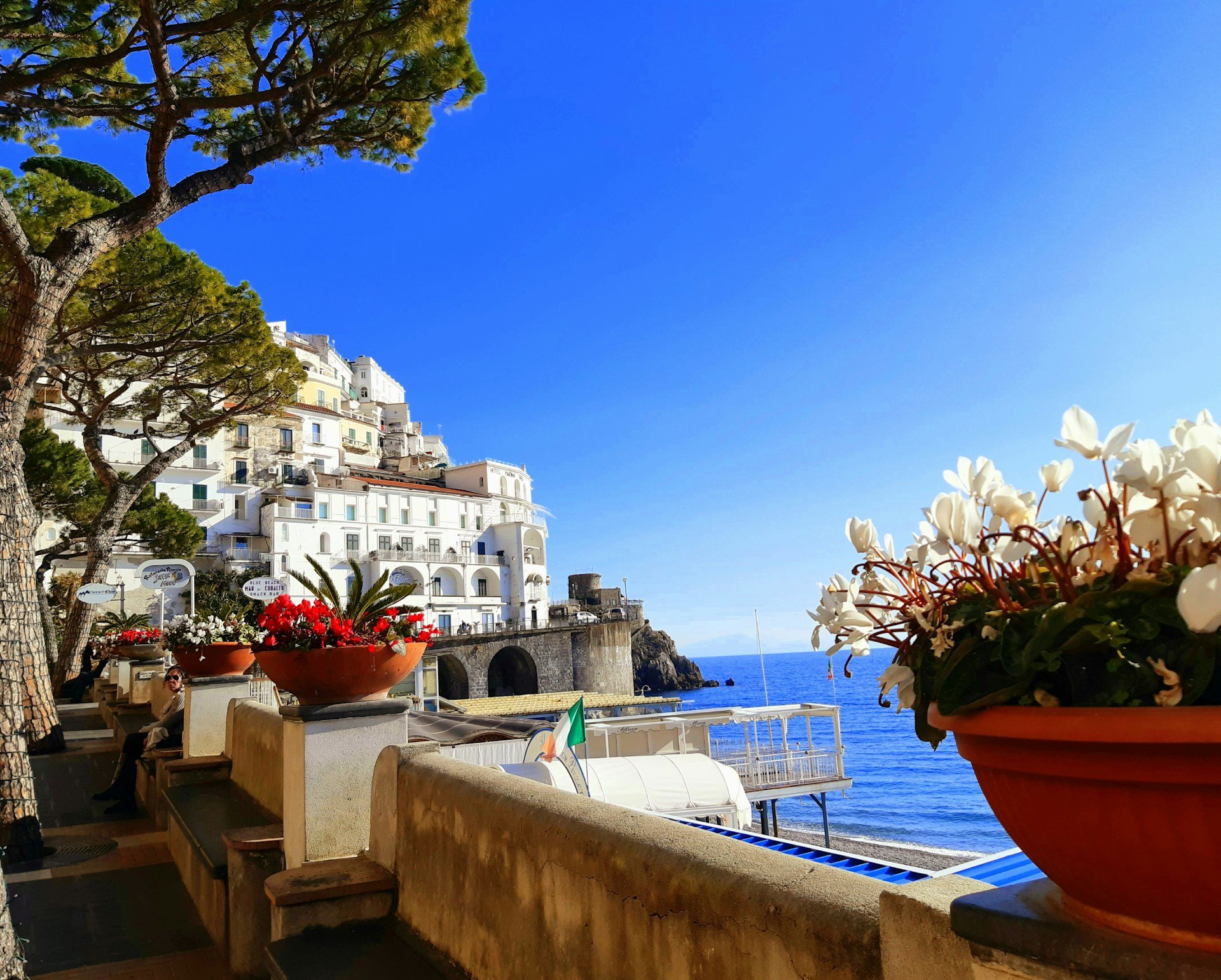5 Perfect Days in Rome: The Best Itinerary
/One of the most famous Italian sayings states ‘All roads lead to Rome’. Having been inhabited for more than two thousand years and packed with a large number of impressive buildings; it’s unsurprisingly how popular a destination the Italian capital has become.
Nestled firmly between the North and South of Italy, Rome boasts a charming earthy quality and a vibrancy that inspires and lingers on. When it comes to the best places to see and the best things to do, it can be difficult to know what’s worth visiting, but this 5 day Rome itinerary is a great way to see the city centre and shows you the best way to start your trip.
Credit: Unsplash
Day One: Historical Landmarks
It would be almost criminal to visit Rome without seeing the main sights. Visiting some of Rome’s main attractions on your first day is the best way to get your trip off to a wonderful start. The Colosseum is easily one of the city's most famous landmarks and even though it’s a popular tourist attraction it is well worth the visit.
Gladiatorial battles and other Roman sporting events were held here, and the sheer scale of the building, which has survived earthquakes, riots, fires, and more, is still standing, remarkably, after 2000 years.
Nearby are the Roman Forum, Palatine Hill, Celian Hill, and the Baths of Caracalla. All of these amazing archaeological sites are within easy walking distance from each other and easy to cover. This area is a great place to get a real feel of the historic centre, and you can walk in the footsteps of the ancient Romans and discover the joy of Ancient Rome for yourself.
Originally a temple, back in 27 BC, the Pantheon is now more famously known for housing the tombs of two Italian kings and the famous Renaissance painter and architect Raphael. A huge dome that stretches across the building, letting large beams of light highlight the interior, is one of the more notable features of the Pantheon.
Day Two: Rome's Popular Squares
Piazza Navona is Rome's most famous square, lined with cafes and restaurants charging extremely highly for its prized location; the area is usually buzzing with tourists, and as a result, street artists selling their brightly coloured canvases with traditional tourist views of Rome.
Located within the square is the church of Sant' Agnese in Agone, which was built by Borromini. Opposite the church, just a minute walk away, is the Fontana dei Quattro Fiumi by Bernini. The Fontana del Moro also sits in the square.
Home to a fruit and vegetable market, Piazza Campo de' Fiori is one of Rome's more colourful squares. It's lovely to stroll through the stalls and see the wonderful looking fresh food for sale, as well as watching Romans go about their day buying essential cooking ingredients.
If you have enough time to explore more of Rome’s most beautiful squares, investigate Piazza di Spagna, and Piazza del Campidoglio.
Credit: Unsplash.
Day Three: Walking in Rome
Not to be overlooked is the Villa Borghese Gardens. This stunning area of parkland gives some of the most spectacular views of Rome and has a calm and laid-back atmosphere that seems almost foreign to the rest of the sprawling city below. Book your Villa Borghese gardens tickets in advance to avoid disappointment.
Very close by is Piazza del Popolo, a generous oval-shaped space that leads to Via del Corso, one of Rome's more famous landmarks.
Via del Corso, which is more commonly known as the Corso, is the main and noticeably very straight street that runs through the historical centre of Rome. Piazza del Popolo is located at its north end, and Piazza Venezia is at its south.
Located nearby are the Spanish Steps in the Piazza di Spagna. The steps are most famous for being a local hangout for the cool kids of Rome, hoping to be spotted by model scouts.
On the opposite side of the Spanish Steps, across Via del Tritone, is another of Rome's most famous sights. The Trevi Fountain is a huge display of Baroque sculpture at its finest. Tourists gather here in all seasons to toss a coin into the fountain and make a wish and guarantee a visit back to Rome. However, many seem to like to attempt to jump in as well, and the nearby police watching do not tolerate it well.
Day Four: Visiting The Vatican
The Vatican City sits on the west bank of the Tiber and is almost too big to make one visit alone. If you love history and culture do dedicate some time to the place, as there is a lot to see and experience. Remember to cover up, as the Vatican does not allow visitors to come into the church without shoulders and legs (up to the knee at the very least) covered.
Within the area is the Castel Sant' Angelo, Piazza San Pietro, and the Basilica di San Pietro. The Vatican Museums are one of the highlights of Rome, especially the infamous Sistine Chapel. Bear in mind that there can be extremely long lines to visit these major attractions. However, it is free every last Sunday of the month. For more information here’s everything you need to know before visiting Vatican City.
Day Five: Artist's District: Trastevere
Last but not least, Trastevere. The name means across the Tiber, and the area used to be an artisan neighbourhood in classical times. One of the more alluring and perhaps more exciting activities to be found in this area is the Porta Portese flea market, held on Sundays. This market sells everything from old storage tins, motor parts to trendy clothing and socks in bulk.
Look out for the shaved ice and cherry syrup on sale, a delicious and refreshing treat in the hot Roman heat. This district is also a good place to eat, having cheaper options than the usual tourist fare and prices and is known for its trendy bars and buzzing nightlife.
Credit: Unsplash




























